The Art of Tabletop Tea Ceremony

From Instagram @rinatj
Everyone knows what a Japanese tea ceremony is supposed to looks like. A woman in an elegant kimono serves piping hot cups of green tea in a tatami-mat room overlooking a tranquil rock garden. So it is a shock to find out that Rina Fukazawa’s tea class is held at Hasuhachi Kitchen, an organic café in a non-descript Nihonbashi building.
A former television announcer, Fukazawa now works freelance and is a passionate promoter of healthy living — being an Ashtanga yogini, Ayurveda oil therapist and a macrobiotic chef. She is also a twenty-year practitioner of the Edo Senke style of tea ceremony and feels strongly about “sado” (way of tea) can enhance contemporary life.
In 2009, she started her monthly tabletop tea ceremony workshops entitled “Tea Journey,” to make sado more easily accessible. “Many people are curious about sado but are intimidated by all the formality and expense it involves. With tabletop tea ceremony, people can appreciate tea without all the fuss,” she explains. According to Fukazawa, all schools of sado have official rituals of performing tea ceremony on tables. However, it has not been popularized.
“Doing tea ceremony has allowed me to remain calm in stressful situations. Rather than react emotionally, I am able to collect myself mental to make rational decisions. In the hectic lives of people today, the ability to slow down is necessary,” explains Fukazawa.
Tea was first appreciated not for its spiritual elements but for medicinal purposes. During the Heian Era (8th century), tea was brought back by missionaries who went to China. With the spread of Zen Buddhism, the practice of serving began to be recognized for its spiritual values. By the Muromachi Era (14-16th century,) feudal lords held grand ceremonies. During the Edo Era (17-19th century), tea ceremony became popularized and practiced by the merchant class and women.
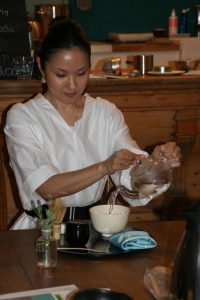 Tea ceremony played a large role in the lives of samurai, giving them respite from their violent lives. The most fascinating legend involving samurai and tea ceremony involves the friendship between Otani Yoshitsugu, a feudal lord with leprosy, and Ishida Mitsunari. To foster the spirit of community, at a tea ceremony, one cup is passed around and everyone drinks from it. At one elaborate ceremony with many powerful lords present, some pus from Otani’s deformed face fell into the communal teacup. Repulsed, the other samurai refused to drink from it except for Ishida who drank it all up and declared it delicious. It is said that this event caused Otani to side with Ishida in the Battle of Sekigahara despite being convinced that they would lose.
Tea ceremony played a large role in the lives of samurai, giving them respite from their violent lives. The most fascinating legend involving samurai and tea ceremony involves the friendship between Otani Yoshitsugu, a feudal lord with leprosy, and Ishida Mitsunari. To foster the spirit of community, at a tea ceremony, one cup is passed around and everyone drinks from it. At one elaborate ceremony with many powerful lords present, some pus from Otani’s deformed face fell into the communal teacup. Repulsed, the other samurai refused to drink from it except for Ishida who drank it all up and declared it delicious. It is said that this event caused Otani to side with Ishida in the Battle of Sekigahara despite being convinced that they would lose.
Samurai also hired tea masters and of the most famous was Sen Rikyu who served both Oda Nobunaga and Toyotomi Hideyoshi. Rikyu’s descendants became the three heads of Japan’s representative styles of tea ceremony – Urasenke, Omotesenke, Mushakojisenke. Derived from Omotesenke, Edo Senke has its roots in the merchant class and is less formal than the major schools but still retains the spiritual elements of serving tea. According to Fukuzawa, the current head of Edo Senke summarizes its essence as “Peace.”
“How can pouring a cup of tea be a spiritual exercise?” is a legitimate question. Precisely by giving such a simple act so much importance, it makes people appreciate simplicity. Because the motions are slow, deliberate and silent, a tranquil environment is created. Another important element of tea ceremony is the spirit of “Ichi-go, ichi-e” which translates into “One life, once chance of (encounter).” Because of how the experience of drinking tea together is elevated, cordial feelings are fostered.
My mother-in-law is a tea ceremony instructor. Every time we go visit her, she never fails to ask what we want to drink. “No thanks, I’m not thirsty,” I would reply. Attending Fukazawa’s workshop made me realize that thirst has nothing to do with her offer. It’s a symbolic gesture of gratitude shown to guests for making the journey to visit.
In modern life, such simple greetings are often regarded as unnecessary. But Fukazawa believes that these are gestures that we need more of. “I want people to go home and remember to show kindness with simple acts such as serving Japanese tea to others.”
Fukazawa points out that serving tea does not have to be expensive. She points out that the teacups used at the workshop are actually rice bowls. “About the only indispensable tool is the bamboo whisk which can be purchased for about \1,000,” she says.
Compared to traditional tea ceremony where silence prevails, there is lots of talk in Tea Journey. Fukazawa explains verbally and reads aloud to end a session. But she hopes that even without much knowledge of Japanese, the experience of tabletop tea ceremony can transcend language. Tea Journey would appeal to people wanting a way to decompress in Tokyo but find yoga too contortionistic and meditation too static.
There are introductory workshops every month. For those wanting to master serving Japanese tea on tabletops, she has workshops teaching the necessary skills. For those serious about mastering Edo Senke style, she refers them to the official group. “You learn something about yourself every time you serve tea,” she says.
Story and photo by Carol Hui
From J SELECT Magazine, September 2010

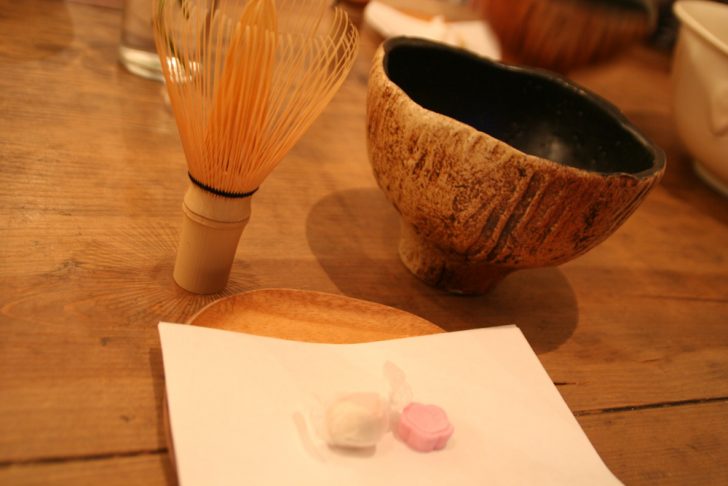




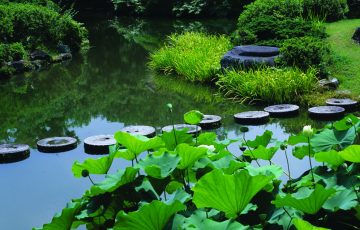

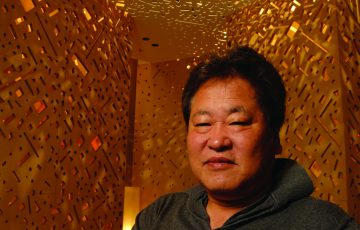

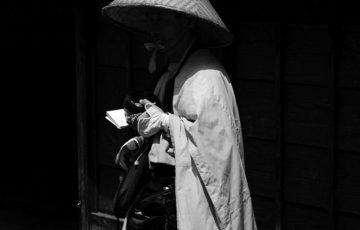

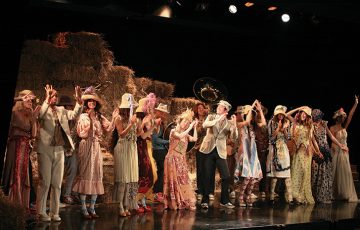


Recent Comments